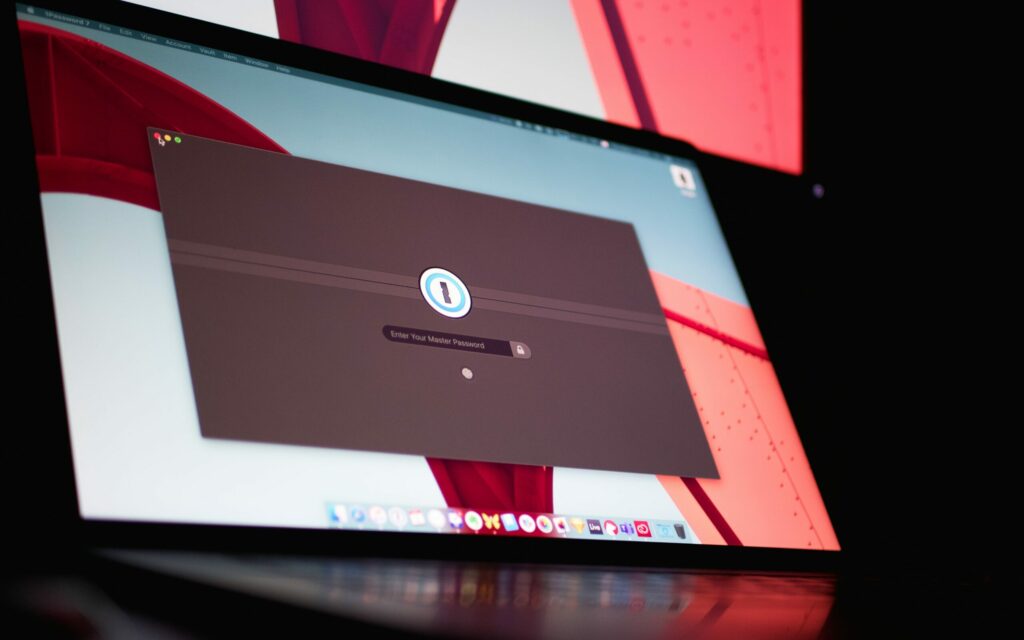You know what drives me crazy? When people think they understand transitions in video editing, they keep messing them up. It’s like watching someone try to eat soup with a fork – technically possible but painful.

The Thing About Transitions
Here’s the deal: most people just slap transitions between clips like they’re putting stickers on a laptop. They don’t get that transitions are like punctuation marks in visual storytelling. Some are commas, others are periods, and then there’s that smooth operator we’re going to talk about today.
What Are Cross Dissolves in Video Editing?
Alright, let’s cut to the chase. A cross dissolve is that dreamy transition where one scene melts into another, like ice cream on a hot summer day. It’s the visual equivalent of drifting off to sleep – not quite here, not quite there, but somewhere beautifully in between.
When to Use Them:
- To show time passing (because nobody wants to watch your character sleep for 8 hours)
- To connect ideas that aren’t naturally connected
- To create those dreamy, memory-like sequences
When to Keep Your Hands Off the Dissolve:
Action Sequences
Quick-paced scenes demand crisp, clean cuts. Adding a dissolve here is like putting a speed bump on a racing track – it disrupts the momentum and dilutes the impact.
Dialogue Scenes
When characters are engaged in conversation, dissolves can create an unnecessary dreamlike quality that pulls viewers out of the moment. The natural rhythm of dialogue typically works best with simple cuts.
Establishing Shots
While it might be tempting to dissolve into wide shots of landscapes or cities, hard cuts often make these shots more impactful. The contrast between scenes can actually enhance the visual impact.
The Technical Perspective
From a technical standpoint, dissolves require careful consideration of frame rates and timing. A standard dissolve typically spans 24-48 frames, creating a brief period where two scenes compete for attention. It can be particularly problematic when:
The scenes have conflicting movements
- There are strong geometric patterns in either shot
- The lighting conditions are drastically different
- The colour palettes clash
The Modern Editing Landscape
Contemporary editing has evolved beyond the traditional rules. Many editors now view dissolves as a specialized tool rather than a default transition. This shift comes from understanding that audience attention spans have changed – they’re more accustomed to quick cuts and dynamic editing patterns.
The Netflix Effect
Streaming platforms have significantly influenced editing styles. With viewers consuming content at unprecedented rates, editors favour cleaner, more direct cutting techniques.
The Bottom Line
Remember this: every dissolution should serve a purpose. If you can’t justify using one at a specific moment, you shouldn’t use it. The best editors aren’t those who know all the transitions – they’re the ones who know when to let the footage speak for itself. Think of editing like conversation – sometimes the power lies in the pauses between words, not in the words themselves.
In video editing, those pauses are your cuts, and they deserve respect. Save your dissolves for moments that warrant them, and your work will become more professional, impactful, and intentional.
Frequently Asked Questions:
Can a video have no dissolves at all?
Absolutely. Many professional videos rely entirely on hard cuts and still maintain perfect flow.
Do different genres have different rules for dissolves?
Yes. Documentary-style content might use more dissolves than action films, but moderation remains key.
What’s the biggest mistake with dissolves?
Using them as a default transition rather than a deliberate storytelling tool.




